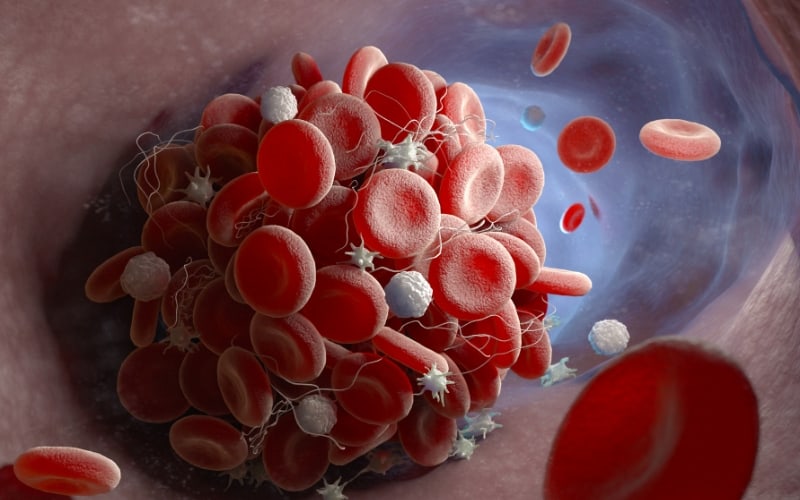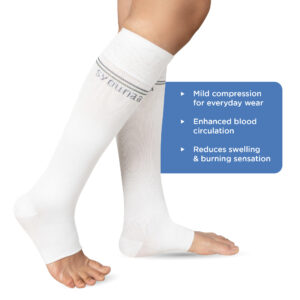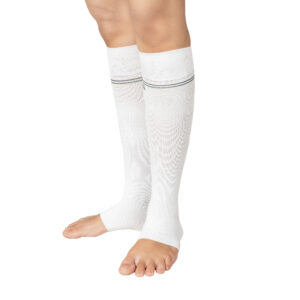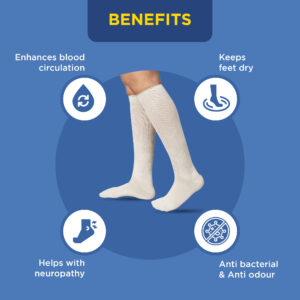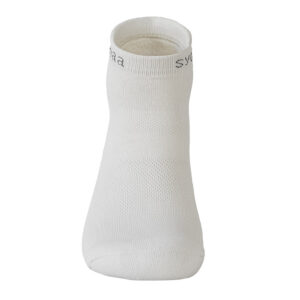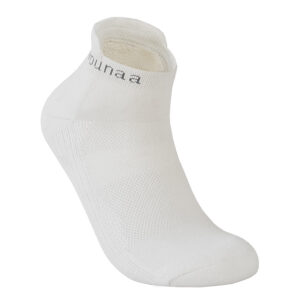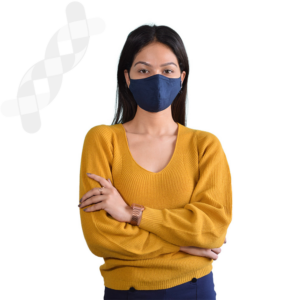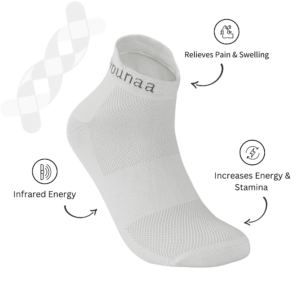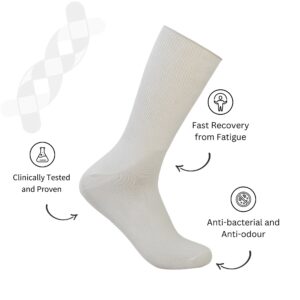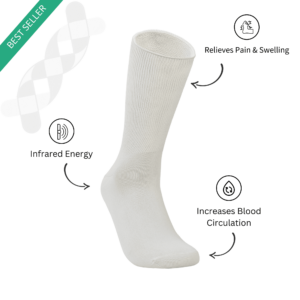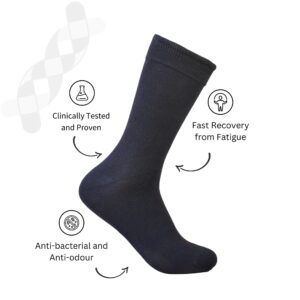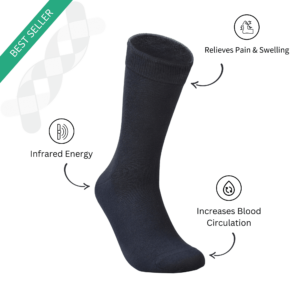Peripheral Arterial Disease or, Peripheral Artery Disease (PAD) is a condition where the arteries narrow down because of fatty deposits on the walls of the artery. The artery supplies blood to various parts of the body, and when it is restricted, you can imagine how difficult it is for the body to get fresh oxygenated blood. This condition is most harmful for your feet.
PAD can lead to complications if the artery that supplies blood to a vital organ can no longer work as efficiently as before. For instance, if an artery supplies blood to the kidneys, can no longer work as well as it did. It will not provide the organs with enough oxygen, which may lead to complications.
Sometimes, PAD affects the arteries supplying blood to the heart, which may become fatal. However, in most cases, PAD affects our legs because the longest artery in our body (Peripheral Artery) extends from our hips to the tip of our toes.
PAD and Diabetes – Why Does it Affect Diabetics?
While a non-diabetic is at risk of PAD at 60 – 65 years of age, a person with diabetes may get PAD before they even reach their 50s.
Why is it that people with diabetes are most prone to PAD? Well, it is because hyperglycaemia and insulin resistance reduces the production and effectiveness of nitric oxide. Nitric Oxide is a vasodilator. Or, in other words, it keeps the arterial walls relaxed and spread apart for oxygenated blood to flow through it freely.
So, with diabetes, the decreased nitric acid, high blood sugar, and insulin resistance restricts the arterial walls and promotes the production of fatty strings. This is why people with diabetes may get PAD at a younger age.
Symptoms of Peripheral Arterial Disease
PAD mostly occurs below the knees, which is why your feet are most affected by it. The symptoms of PAD are usually not as distinct. You may not know you have PAD until much later when it has progressed into something severe.
Research shows that 50% of those with PAD do not exhibit the symptoms of this disease, and 20% of those with PAD have diabetes. It is vital to go for yearly check-ups for PAD if you have diabetes for more than 10 years.
Some of the common symptoms are as follows:
- Reduced ability to heal foot wounds: Since there isn’t enough oxygen reaching your feet, foot wounds, and lesions don’t receive enough oxygen to heal naturally.
- Cold Feet
- Foot pain while walking
- Frequent cramps on thighs
- Sudden numbness in the feet
- A change in colour of your feet: Feet turn pale or bluish
- Sudden loss of, or the slow regrowth of hair around your feet
- Slower nail growth
If you have one or more of the above symptoms for a prolonged period, it is good to show a doctor and begin treatment. Severe PAD can lead to strokes and amputation, so it isn’t something to take lightly.
PAD – Treatment
Usually, in mild cases of PAD, the patient is asked to exercise and eat right. A rich fibrous diet will keep blood sugar in control and keep Nitric Oxide levels in range. It reduces the production of fatty strings on your arterial walls.
Exercise also works similarly in the sense that it increases metabolism rates, speeds up digestion, and reduces the development of fatty strings. So, as a person with diabetes, you must eat healthy and workout for at least 30 minutes every day.
If you have diabetes and you smoke, now is the best time to stop. The nicotine in cigarettes, or any other form of tobacco, narrow down the size of your veins and arteries. With diabetes being bad enough for your vascular system, smoking makes it worse! Please talk to a therapist so that you can withdraw this habit that is slowly taking away your life.
Another great way to increase blood circulation around your feet and decrease foot pain is to wear diabetic socks. Diabetic socks are designed to reduce infections and increase blood circulation. Since your feet cannot naturally heal wounds, it’s okay to get some help from a comfortable pair of socks.
Syounaa socks, for instance, are made for people with diabetes. As a person with diabetes and PAD, you will notice a reduction in pain and numbness after wearing the socks for a subsequent duration.
In severe cases, your doctor may offer a few treatments as well. Doctors usually give statins and antihypertensive drugs to lower cholesterol levels. Sometimes a medical practitioner may give medicine to improve blood flow around the legs so that the person can walk with less pain and cramps.
Apart from these medicines, you should also exercise, eat healthily, stop smoking/drinking, and wear comfortable footwear that does not aggravate the condition.
Conclusion
Please do not treat this article as a guide for self-treatment. If you exhibit any of the above symptoms of PAD, we request that you show a doctor for some professional advice. They will advise and provide medication as per the severity of your condition.
We hope this article gave you a little insight into what PAD is. What is your experience with PAD and diabetes? Let’s continue the discussion in the comment section below.

